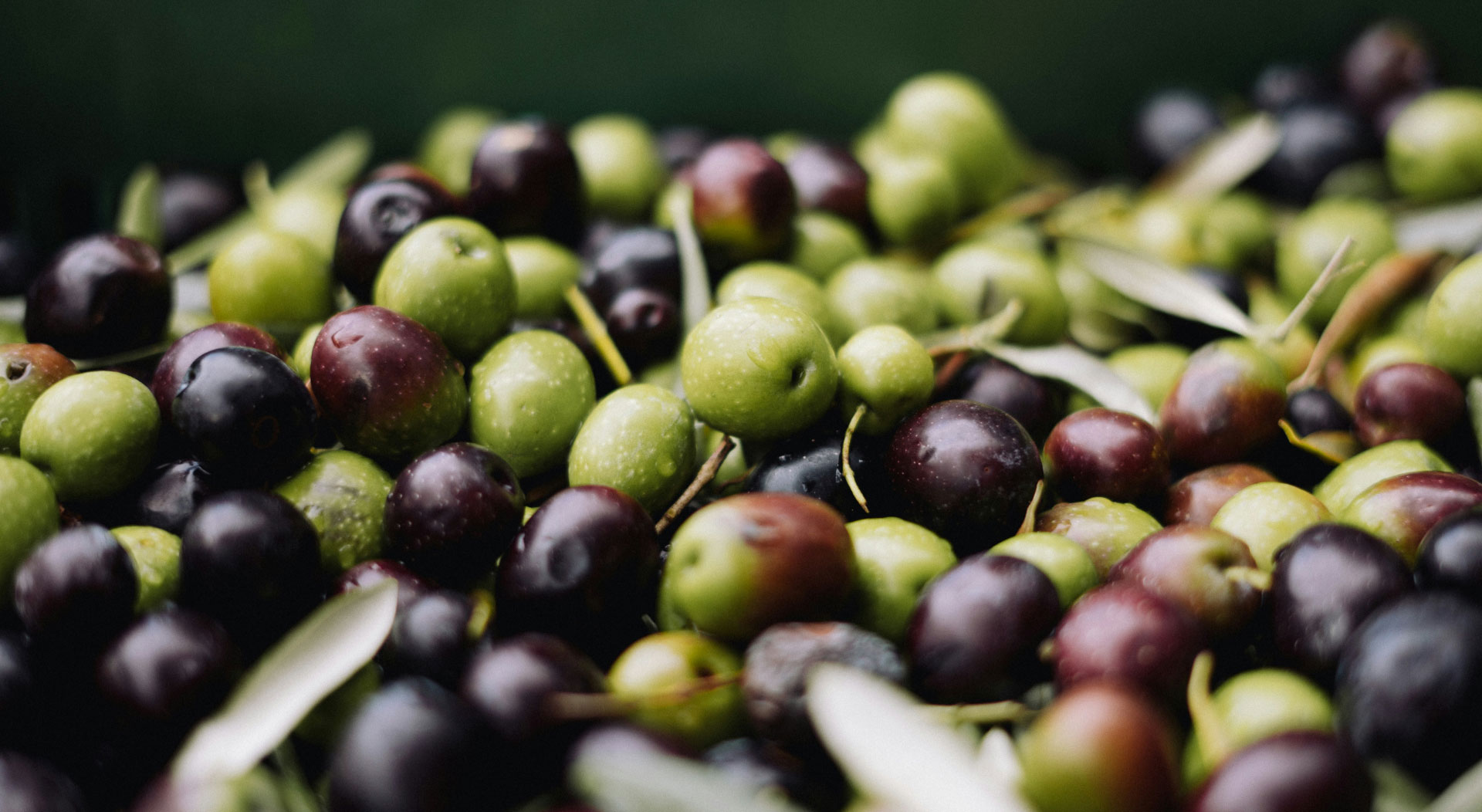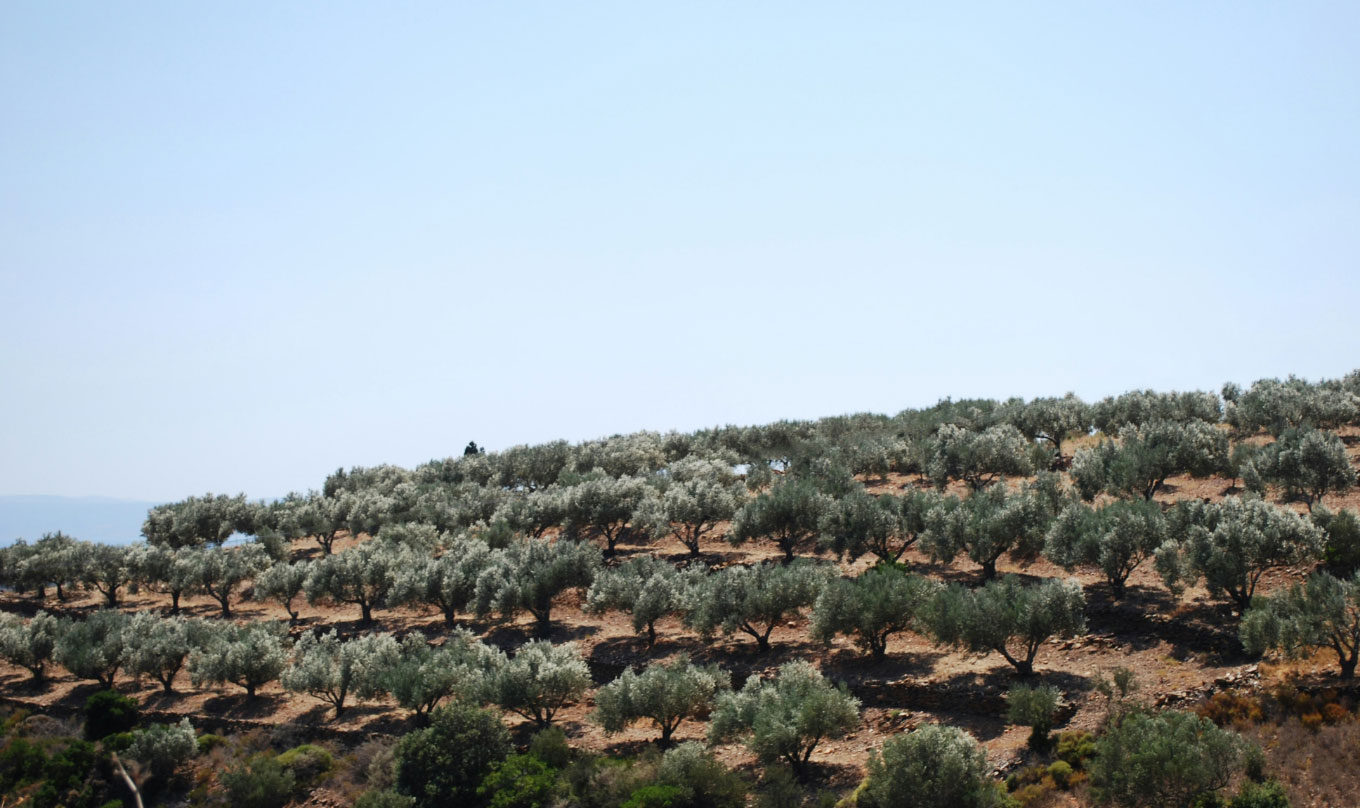 06.06.24
06.06.24
Olive Oil Categories
Explore the main categories of olive oil, defined by distinct production methods and chemical parameters, essential for assessing their quality and suitability in various uses.
read moreAs expected, there are quite a few misconceptions regarding olive oil. When welcoming people, we hear a lot of things that are far from the truth or are wrong understandings of knowledge.
So here, we’ll some frequently asked questions/statements regarding olive oil, and correct them where necessary:
False. Olive Oil crystalizes at approximately +7 ⁰c / +44.5 ⁰F and we don’t shield from its worst enemy; oxygen. Also, the excess humidity of older refrigerators deteriorates the quality of olive oil.
False. Freezing is not a proof of quality. Canola oil, sunflower oil and other refined vegetable fats will also freeze in the refrigerator.
There is no such thing as “light olive oil”. All vegetable oils have the same calorific value of 9 calories/grammar. Some companies might actually sell “Light Olive Oil”, but this refers to taste.
Yes. Olive oil is essentially the juice of olives.
Adopting a healthy lifestyle with lots of physical activity together with a healthy and proper nutrition plan with olive oil as the main source of fat, yes, we’ll see you quite the times around.
False. What helps farmers deliver their fruit to the olive mill in the best conditions is respect, passion and green conscience. Some popular methods of collecting are:
HANDPICKING
Olives are picked without any mechanical means, by plucking them straight from the tree, or with combs and rakes. This method leaves the fruits perfectly undamaged, which is essential to keep the olives in optimal condition, but requires a lot of labor.
BEATING
Using a T-shaped stick with rotating ends, olives are beaten off the branches and fall on nets laid on the ground. The most widely used method in Creta.
SHAKING
The tree is “hugged” by the trunk and is shaken by an agriculture machine. Olives then fall on nets laid out on the ground.
MECHANICAL
Large agricultural machines go over the tree, and with proper mechanisms collect all fruit which is instantly defoliated and put on a following truck to leave for the olive mill. Requires very precise pruning and cultivation and large plains to be a financially viable cultivation.
Good olive oil requires proper cultivation methods, dedication to the process and passion. Each olive variety has its own traits and characteristics, and similar to grape varieties, in the hands of skilled people in the olive mills all varieties can produce wonders.
Color is not an indication of variety, it is a stage of ripeness of the fruit. All varieties will start in a deep emerald color and depending on many factors will end in a black, iodine, purple, deep blue, etc. color.
False. The main argument is that through filtering we lose some antioxidants. Seeing this commercially, the consumer will be able to buy unfiltered olive for at least 30 days from its production. This means we have already lost these possible extras, plus the residue that will start forming in the bottom is as bad for the olive oil as oxygen and light are. Filtering on the other hand keeps all final solid parts and moisture away from olive oil and helps it reach the maximum of its lifetime.
False. Actually, “first cold pressing” refers to oils obtained by a pre-industrial traditional pressure extraction system, where edible oil comes from the first pressing. It is actually obsolete, as olives no longer undergo multiple extractions. Moreover, a traditional pressure extraction system today yields oil that is, at best, average quality: the best quality oils are obtained from modern centrifugation systems. And before an argument is raised, we define “best quality” by looking at the winners in olive oil competitions around the world. Finally, cold extraction/press only guarantees that the temperature did not go above 27⁰c at any part of the process. We still require good olives to yield a good quality.
False. Color is not an indication of quality. The fact that you can actually see the color of the olive oil means it is in a transparent container, so avoid it.
Not quite. When extra virgin olive oil goes past its before date, it falls off the category statement, so it has to return to the selling for rebottling under the proper category statement or for refining. It is not hazardous for your health, so taste it and if it is not completely off, you can use it for roasting, making sauces/dips/etc, infuse with herbs, etc.
 06.06.24
06.06.24
Explore the main categories of olive oil, defined by distinct production methods and chemical parameters, essential for assessing their quality and suitability in various uses.
read more 04.06.24
04.06.24
Learn how to choose the best olive oil with tips on category, extraction methods, origin, and storage practices to preserve its quality and flavor.
read more